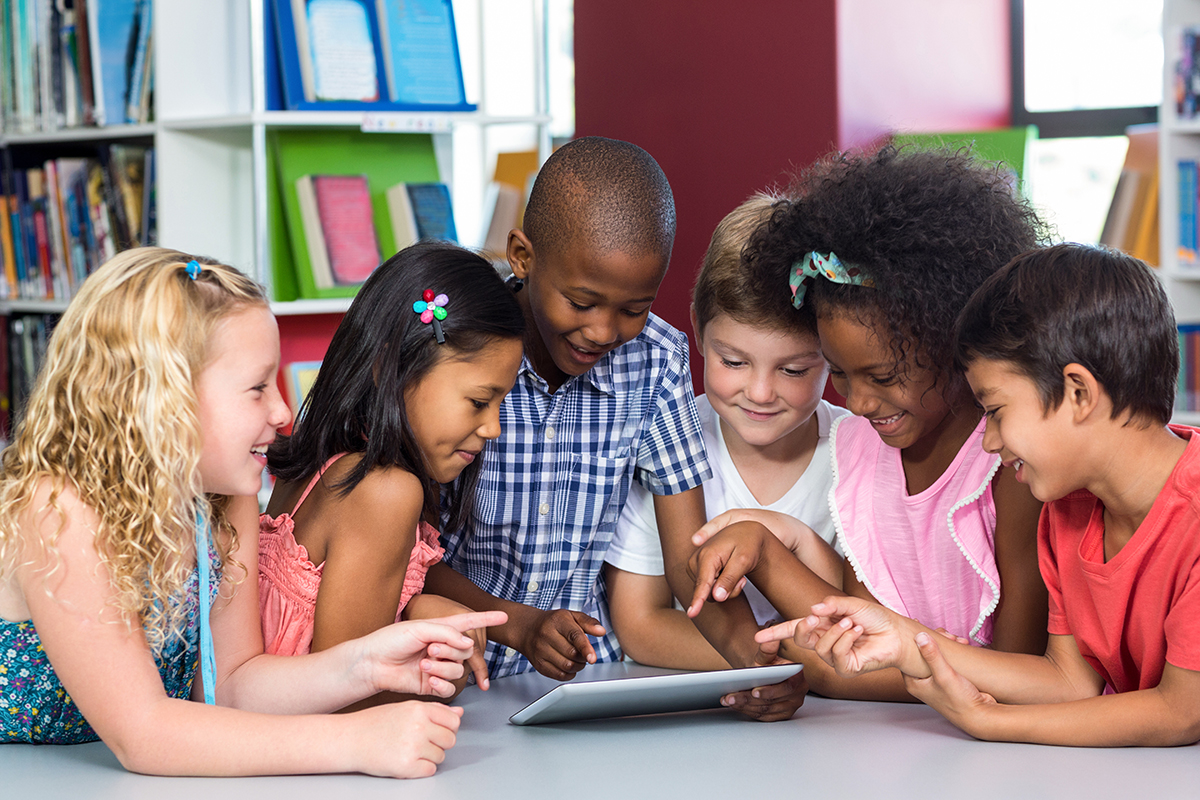
Just ask the beloved author Dr Seuss.
His rhymes are so well known that I’ll bet you know exactly what comes after this sentence: “I do not like green eggs and ham. I do not like them…”
Rhymes stick with us even to adulthood. Isn’t that right, Sam I Am?
Not only are they fun and interesting, they are highly engaging because our brains want to find a resolution to their sing-song nature.
But rhyming is much more than a gimmick – it plays an important role in developing reading and language skills in children. Especially in those little ones who are still learning to listen and speak.
Research shows that rhyming plays a key role in the development and acquisition of early literacy skills. These studies show that school-aged children with a good understanding of rhyme from an early age outperformed those who had little exposure to it before they started school.

Phonological awareness
- The sounds and parts that make up words.
- Phonological awareness helps children learn to segment words into phonemes, which improves their decoding and comprehension abilities.
Pick up the subtle differences in inflection and rhythm
- These are key components of sounding natural when reading aloud.
- Transforming words from visual language to verbal language aids in the development of reading style and expression.
Anticipate words
- Anticipating the next rhyme in a rhyming set helps kids learn language prediction.
- For example, the correct tense, verb, or participle to use.
- This is a skill that we take for granted at higher reading and writing levels that starts in our youth.
Learn new words
- Rhymes often incorporate new and unusual words, adding to kids’ vocabulary.
Improve spelling
- Rhyming helps to develop correct spelling and pronunciation by showing kids that words that sound similar often look the same too.

In fact, there are key features that should be considered when using rhyme.
From a literary perspective, rhyme should also do more than create a sing-song rhythm.
The most important rule is that the rhyme should embellish the story, not rule it.
It should add to the story line and enrich the narrative.
Rhyming often makes reading more enjoyable and memorable, and helps children use their imaginations and memories at the same time.
Have a look the next time you read a kids story, particularly one of our Whimsifull personalized animated mini movies.
How do your kids react to rhyme?
Are they just there for a good time?
Or are they a mark of literary sublime that helps kids’ reading aptitude climb?
Sources
https://ethicoolbooks.com/blogs/journal/should-childrens-books-rhyme
https://www.themeasuredmom.com/why-is-rhyming-important/
http://s3.amazonaws.com/scschoolfiles/374/alliteration_and_rhyming.pdf
https://readingpartners.org/blog/benefits-rhyming-hidden-genius-dr-seuss/
https://theimaginationtree.com/the-importance-of-rhyme-in-early-literacy-development/


